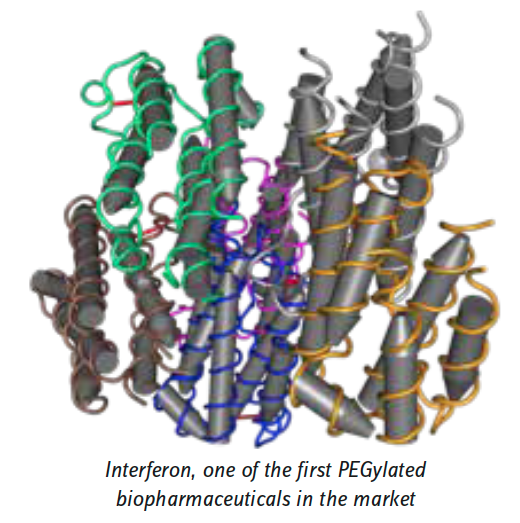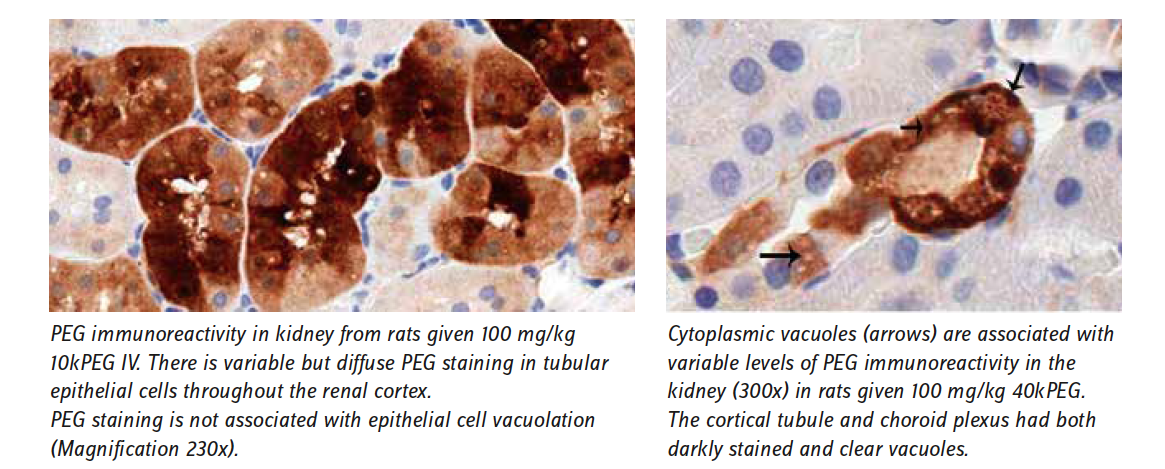Welcome to Iris Biotech
For better service please confirm your country and language we detected.
confirm selection

For better service please confirm your country and language we detected.

Thank you very much for your interest in our products. All prices listed on our website are ex-works, Germany, and may attract customs duties when imported.
You may/will be contacted by the shipping company for additional documentation that may be required by the US Customs for clearance.
We offer you the convenience of buying through a local partner, Peptide Solutions LLC who can import the shipment as well as prepay the customs duties and brokerage on your behalf and provide the convenience of a domestic sale.
Continue to Iris Biotech GmbHSend request to US distributorPublished on 25/01/2017
Introduction
The Biopharmaceuticals market, estimated at US$ 200 billion globally in 2013 by reportbuyer.com (Biopharmaceuticals - A Global Market Overview, 2013, London), is further projected to reach US$ 500 billion by 2020, growing at 13.5 % CAGR between 2010 and 2020. Among different product sectors, monoclonal antibodies (mAb) constitute the largest segment in the global biopharmaceuticals market, accounting for an estimated share of 25.6 % in 2013, equating to US$ 51.1 billion. In terms of therapeutic areas, neurology application is the largest market for global biopharmaceuticals with an estimated share of 28.2 % valued at US$ 56.3 billion (2013), and is further expected to reach a projected US$ 144.5 billion by 2020. Product segments analyzed in this study comprise monoclonal antibodies (mAb), erythropoietin, biotech vaccines, recombinant human (RH) insulin, granulocyte colony-stimulating factor (G-CSF), interferons, human growth hormones (HGH) and others. Therapeutic areas analyzed include neurology, infectious diseases, diabetes, oncology, cardiovascular disease and others.
Proteins and other Biopharmaceuticals have a high potential as drugs due to their specificity and efficacy, but show poor pharmacokinetic properties. Attaching polymers which are tolerated by the physiologic system, such as poly(amino acid), poly(ethylene glycol) or other variants improves drastically their bioavailability and biodistribution and turns sensitive biomolecules into robust drugs.

The big advantage of proteins, antibodies, siRNA, and other natural products in their use as drugs is their high specificity in combination with low side effects. Normally they interact with the dedicated target only and thus do not show unwanted activities and side effects at any other place in the body. A current focus is the study of modern drug carrier systems where biotolerable linkers are connecting a recognition part with a drug-active part.
Conjugations can reach the size of a nanoparticle. The recognition part can be a peptide or hormone which binds specifically to the surface of a certain cell. After internalization of the whole nanoparticle, the active part (DNA or siRNA, for example) is released. Inhibition or activation of certain enzymes or the nucleus follows with the consequence to repair the sick cell or to shut it down by initiating apoptosis or other mechanisms. Is the recognition part somehow specific to a certain individual, the drug system becomes personalized (“Personalized / Stratified Medicine”). In conjugation with hydrophobic compounds forming amphiphilic and biodegradable block-copolymers like PEG-PLA (polylactic acid) and PEG-PLGA (co-polylactic acid-glycolic acid), sophisticated micelles are formed where drug molecules can be masked and protected against attacks by the immune system.
Modern biopharmaceuticals are ideal drugs. However, their significant drawback is their low stability under physiological conditions. Due to the fact that they are similar to biological components, they are also easily attacked by the immune system of the body, i.e. by antibodies and degradation enzymes. Many efforts have been made by highly sophisticated formulation techniques, special application methods (depots) and chemical modifications to improve their pharmacokinetic properties. One approach that shows much better results than other methods tried in the past, is Polymer Therapeutics, i.e. attaching polymers to the active component.
Poly(ethylene glycol) (PEG) is the most frequently used polymer and also the gold standard for stealth polymers in the emerging field of polymer based drug delivery. The first approved PEGylated products are on the market for over 20 years now. Since then, a vast amount of clinical experience has been gained with this polymer — not only benefits, but also possible side effects and complications have been found.
The area that needs more intensive and careful examination is the non-biodegradability of PEG and thus possible accumulation in the body resulting in formation of vacuoles and vesicles.

Reference:
Therefore, in recent years many new polymers have been developed, namely polymers of naturally occurring amino acids, either as homopolymer (as in the case of arginine, glutamic acid, ornithine and sarcosine) or as mixed polymer (PASylation). As polypeptides they have significantly better biodegradability than PEG and are highly tolerable. Whenever amino acids with functional side chains have been used, an additional advantage is that not only large biomolecules like antibodies or proteins can be attached. Attachment of small molecules is now possible and opens this drug delivery technology also to this type of drug compounds. Furthermore, several active compounds can be attached on the same carrier, which opens the door to sophisticated applications of combination therapy. Paclitaxel combined with a cyclic RGD peptide attached to PGA was already in clinical phase III in 2014.
References: